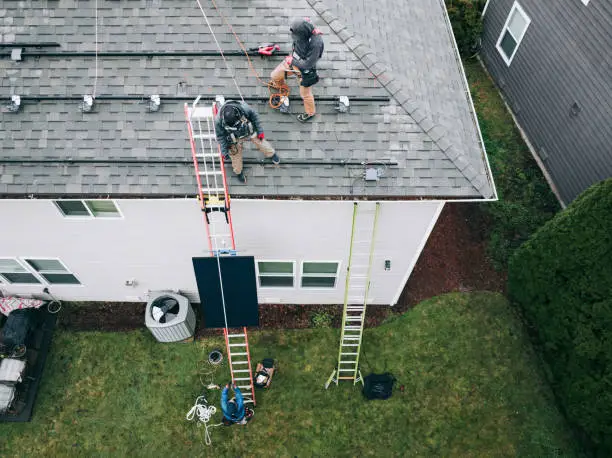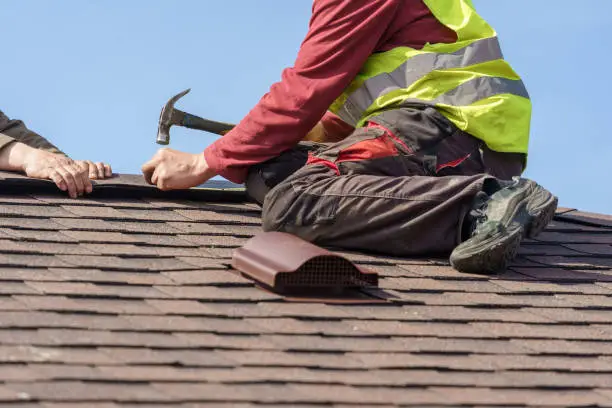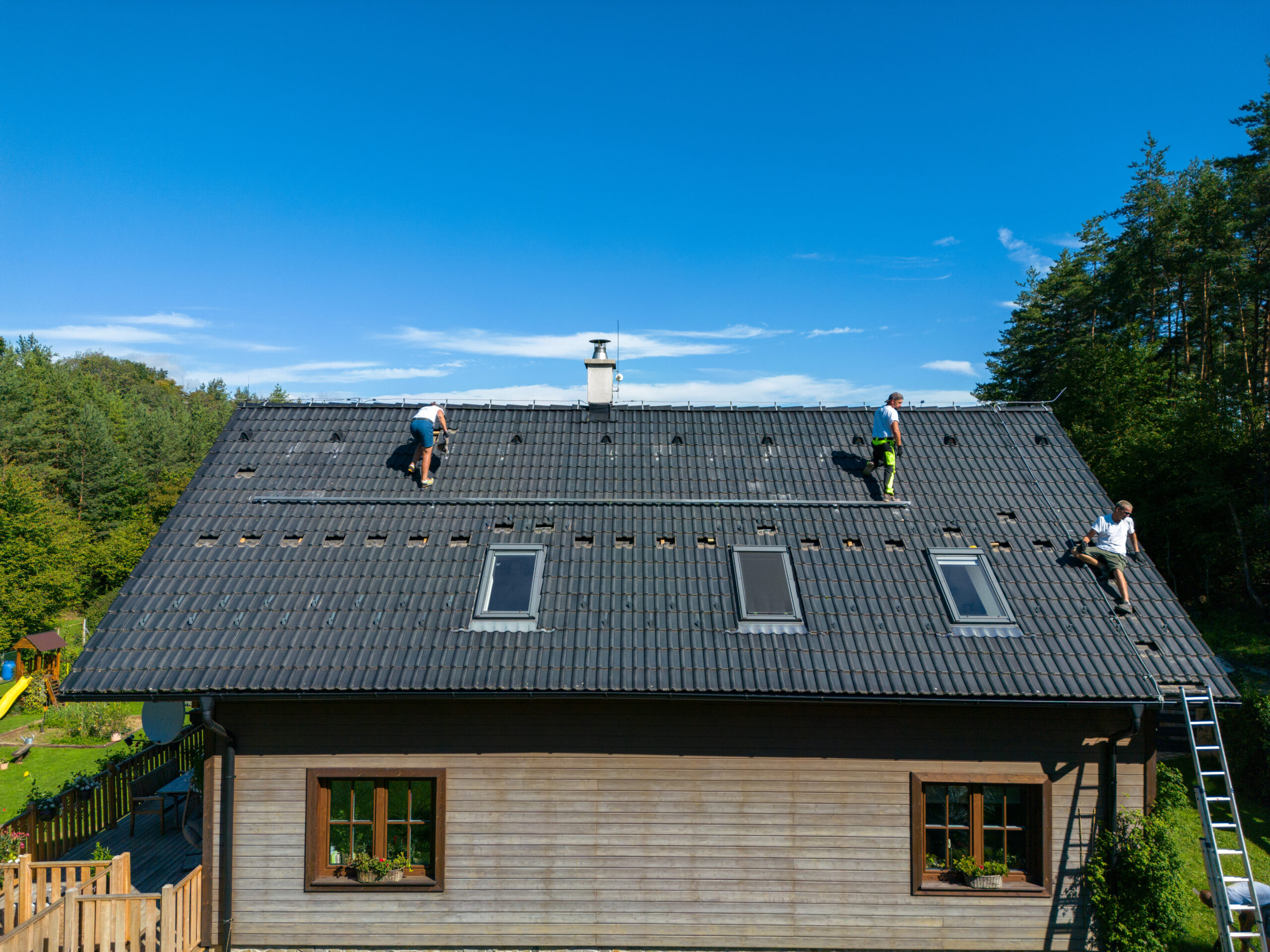A roof installation is one of the most significant investments you’ll make as a homeowner. Whether replacing an aging roof or building a new home, the process requires precision, proper materials, and professional expertise. Unfortunately, even small mistakes during roof installation can lead to leaks, energy loss, and costly repairs down the line.
Proper roof installation isn’t just about laying shingles—it’s about ensuring long-term protection, energy efficiency, and compliance with local building standards. Homeowners who understand the most common roofing errors can make informed decisions, work effectively with contractors, and avoid unnecessary expenses.
1. Poor Roof Deck Preparation
One of the biggest mistakes in roof installation especially noted by professionals in Hattiesburg, MS, such as Garco Home Improvements is skipping proper deck inspection. The roof deck must be clean, dry, and structurally sound before new materials are installed.
Any soft spots or moisture damage can compromise the entire roof system. Always ensure your roofing contractor replaces any damaged sheathing before installation begins.

2. Incorrect Underlayment Installation
Underlayment acts as a moisture barrier beneath your shingles. If installed incorrectly—or skipped altogether—it can lead to water infiltration, mold growth, and premature shingle failure. Use high-quality synthetic or self-adhering underlayment to enhance waterproofing and protect against leaks caused by wind-driven rain.
3. Improper Ventilation
Without proper ventilation, hot air and moisture can accumulate in the attic, leading to warped decking and reduced energy efficiency. A balanced roof ventilation system includes both intake and exhaust vents. Homeowners planning a roof installation should always verify that the system meets local residential codes and manufacturer requirements.
4. Misaligned Shingles
Crooked or uneven shingles not only look unprofessional but also expose your roof to leaks and wind damage. Proper shingle alignment and overlap are essential for creating a watertight seal. Experienced roof installers use chalk lines and consistent spacing to ensure precision across the entire surface.
5. Improper Nailing Techniques
Using too few nails or placing them in the wrong spot can cause shingles to lift or blow off during storms. Each roofing material has manufacturer guidelines specifying nail placement and quantity. Ensure your roofing contractor follows these recommendations to maintain warranty coverage and long-term durability.
6. Ignoring Flashing Details
Flashing protects vulnerable areas like chimneys, valleys, and skylights from water intrusion. Incorrectly installed or reused flashing can lead to major leaks and interior damage. Always insist on new metal flashing during a roof replacement or new roof installation to safeguard against potential moisture issues.
7. Using Low-Quality Materials
Choosing the cheapest shingles or sealants may save money initially but often results in early failure. Invest in roofing materials rated for your climate, including UV resistance, wind protection, and impact durability. Quality materials paired with skilled installation extend your roof’s lifespan and improve curb appeal.
8. Poor Weather Planning
Scheduling a roof installation during heavy rain, snow, or extreme temperatures can lead to adhesion problems and trapped moisture. Always check the local forecast before work begins. Professional roofers monitor conditions closely to ensure a clean, dry, and safe environment for installation.
9. Skipping Inspection and Maintenance
Even after a flawless roof installation, skipping annual inspections can shorten the roof’s lifespan. Small cracks, missing shingles, or debris buildup can quickly lead to leaks. A preventive maintenance schedule—ideally once or twice a year—helps protect your investment and maintain warranty validity.
10. Hiring Unqualified Contractors
One of the most costly mistakes is hiring unlicensed or inexperienced roofers. A qualified roofing contractor should have proper insurance, certifications, and a proven track record. Always ask for references, verify credentials, and review previous work before signing a contract. Reliable professionals ensure compliance with safety codes and local regulations.
Conclusion
Avoiding common roof installation mistakes starts with preparation, professional expertise, and quality materials. Homeowners who take the time to research, plan, and hire qualified contractors are more likely to enjoy a durable, energy-efficient roof that enhances both comfort and property value. Investing in the right approach now can prevent years of future repair costs and ensure peace of mind for decades.
Frequently Asked Questions (Q&A)
1. How long does a professional roof installation take?
Typically, a standard residential roof installation takes 1 to 3 days, depending on the roof size, materials used, and weather conditions. Complex designs or repairs may extend the timeline.
2. What is the average cost of a new roof installation?
As of 2025, homeowners spend an average of $8,000–$15,000 for a full roof replacement, depending on the materials (asphalt, metal, or tile) and local labor rates.
3. How often should a new roof be inspected?
Experts recommend roof inspections twice a year—once in spring and once in fall. This helps detect early damage from weather or debris and extends the roof’s lifespan.
4. Does roof ventilation really make a difference?
Yes. Proper ventilation reduces attic moisture and heat buildup, lowering energy costs and preventing structural damage. It’s a critical part of every roof installation project.
5. How can I tell if my roofing contractor is qualified?
Look for contractors with proper licensing, insurance, and manufacturer certifications. Always ask for written estimates, project timelines, and warranties before hiring.



